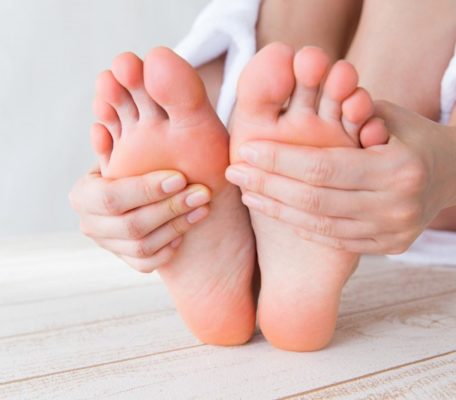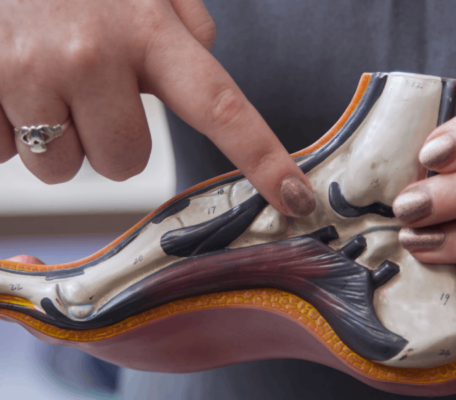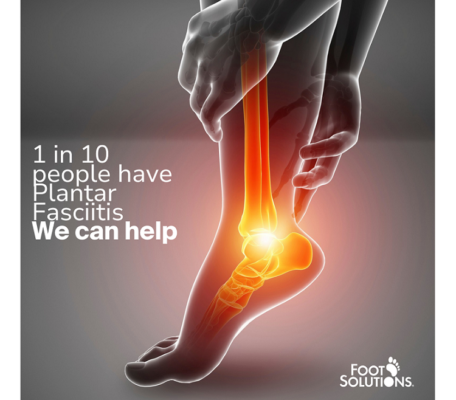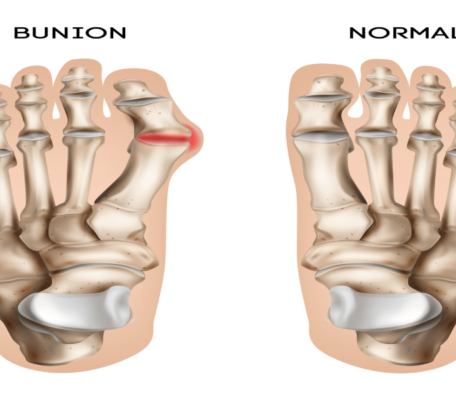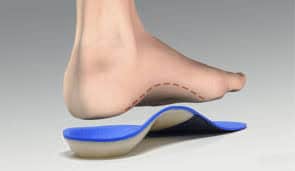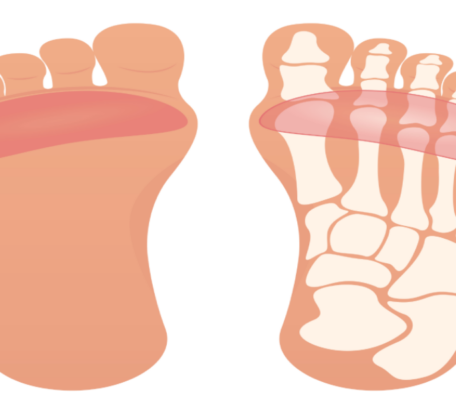Have you ever experienced a broken foot bone? Or are you one of those who had a broken foot bone but did not realize it? Even if our feet are designed to handle substantial amounts of force from running, jumping, or just walking, with 26 different bones, at least one of them will eventually give in. What is the healing process for a broken foot bone?
Do you have a broken foot bone?
Are you aware that people with diabetes, spinal cord injury, or similar conditions that change their pain sensation may not be aware that they have a broken foot bone? Normally it is only because of the visible symptoms like swelling, bruising, and deformity that they begin to connect the pain to a bone fracture.
The pain is usually accompanied with limping especially when additional weight is being carried. Tenderness at the area of the break is also a common symptom. The deformity is commonly caused by the dislocation or misalignment of the bone. The pain is part of the body’s defense mechanism to discourage the injured person from putting weight on the broken bone.
Increased Risk
How is the risk of getting a broken foot bone increased? Excessive stress on the foot, using poorly constructed footwear, and obesity are the just some things that initially come to mind. All of these factors tend to create a general instability to the foot resulting in stress fractures.
Those working in construction sites may also be facing increased risk because of the uneven working surface and added weight they carry. Engaging in high-impact sports is another way to increase the risk of a broken foot bone because of all the twisting, bending etc which have a direct effect on the foot.
Increased risk of a broken foot bone is also associated with certain diseases like osteoporosis, which affects bone strength and density making it more susceptible to fracture or breaking. The weakened state of the bones of the foot makes these people also at risk of tripping or falling making them a victim of potentially more dangerous injuries.
Healing Process
Did you known that all the bones in our body will go through the same process of healing when broken? The broken foot bone recovery time would vary from person to person because of its complexity. There are also a number of factors to consider in the healing process like the age of the person, existing medical conditions, nutrition, and kind of fracture.
So how does the recovery process for a broken foot bone go? There are basically three stages that overlap, which lead to the complete healing and recovery.
- Inflammation – this stage begins immediately after the fracture and may last for a couple of days. Bleeding into the fractured area creates clotting and inflammation. This is where the preparation for the new bone framework and stabilizing of its structure starts.
- Bone Production – the formation of fibrous tissue and soft callus (cartilage) from the inflammation marks the start of this stage of the healing process. After a few weeks the soft callus becomes visible on x-ray as a hard bone.
- Bone Remodelling – this last stage of the healing process happens over several months where the bone continues to form and become compact. The original shape is recovered with improvement of blood circulation achieved. Pain eventually disappears once bone healing has achieved a considerable level.
On the average, the broken foot bone recovery time can be anywhere from 6 to 8 weeks. Children heal faster than adults. Aside from the type of fracture, any surgical procedure can extend the recovery time considerably.
As you can see recovering from a broken foot can take considerable time and patience. Therefore, protecting your feet would be of great value. Did you know that well fitted, supportive footwear or replacing athletic shoes when the heels or tread wears out are effective ways of reducing the risk of injury? Visit Foot Solutions store to get expert help on choosing the right type of shoes to protect your feet.







